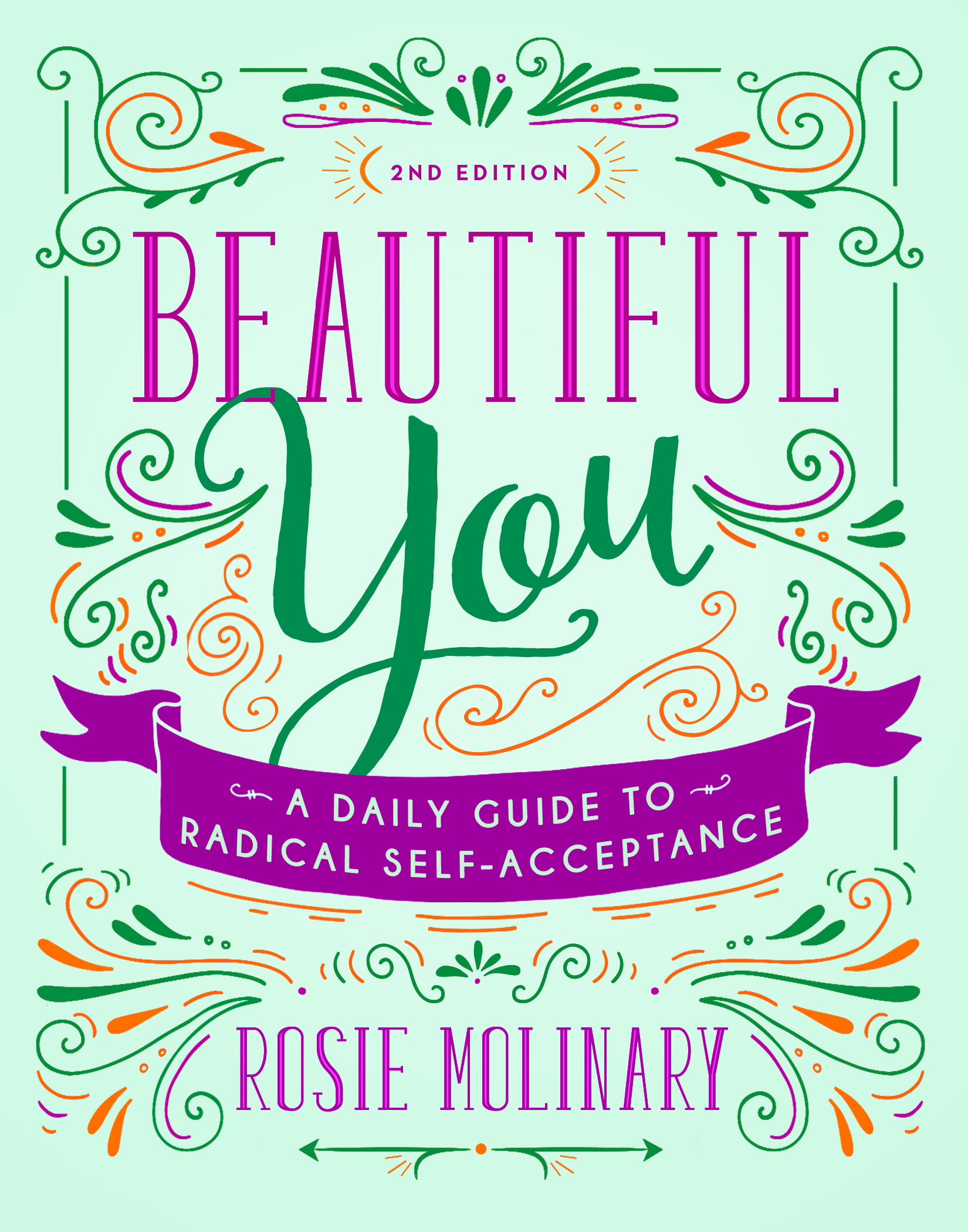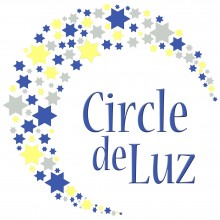I had to go to the OBGYN last week (nope, not pregnant. Not trying to get pregnant. Just had to go for the reason that all women should go). I don’t really want to talk about the OBGYN because one of the ironic things about me is that though I love The Vagina Monologues, though I have been a cast member in a Vagina Monologues production, though I talk about sex education all of the time, I don’t really like to talk about those things in the context of me (unless I am telling the very funny story of how my dad taught me about the birds and bees which involved neither a bird nor a bee but a quarter but that’s a story for another time) so let’s hurry and get to my point which is… mammograms.
Alright, that’s not what you were expecting at all, was it?
But, seriously, that’s what we are talking about and here’s why. My OBGYN walked into my appointment and said, “I have something for you” and I swear to you that I would have been less surprised if it had been a due date for my non-existent pregnancy than what it was: a referral for a screening mammogram.
I thought she must have read my chart wrong and thought I was older than I was. Nope, she likes her patients to get their baseline mammograms at 36. I love pro-activity, especially when it comes to health except for in this case. In this case, I’d like to not be so proactive because it seems like a mammogram is going to hurt and you all already know that I am a medical fainter. And can you imagine passing out while mammogramming?
Alright, let me move on to the whole point of this blog post which is not to linger on my least favorite personal trait (the medical fainting) but, instead, to share some information I was reminded of once I was home and facing my little pink referral sheet (yep, the referral sheet for my mammogram is pink; I guess because it’s breast-related).
I’m a health writer and so I have written about breast imaging, breast cancer, etc numerous times. I’ve covered the 21 year old Stage 4 breast cancer patient (to say she is an inspiration is to understate her story but, really, I’ve written about her a few times and she always makes me weep) and the breast cancer charity initiaters and everything in between. And what did I do when I made my mammogram appointment? Forget everything I know and just made the appointment without asking if the machine was analog or digital. So, just in case you are nearing time for a screening mammogram (do it no later than 40- despite what you might have heard in the last year about screening guideliness going up. Those are just guidelines; I know many women who were saved by mammograms at an early age and I also know many women who found their own breast cancers doing self-exams so don’t forget to do those), here are some helpful tips:
1. Breast cancer has lots of different faces. In an image, it can look like grains of salt, a mass, a distortion, or added density. This is why a multi-dimensional approach to early detection is good (ie: a screening mammogram might show the graininess while a self-exam might reveal the mass).
2. There are three strategies you should employ each year: the monthly self-exam, an annual exam with a physician, and the mammogram (standard practice for baseline mammogram is age 40. If you have any history of breast cancer in the family, talk to your physician about possibly starting mammograms ten years prior to the earliest presentation of breast cancer in your family. For example, if your mom was diagnosed with breast cancer at 43, you might want to start your screening mammograms at 33).
3. When you are making your appointment, ask if your site has digital mammography. If not, see if you can go to a place that has digital. Digital mammography produces a computer image rather than a film image and, thus, produces a higher quality image for the radiologist to review.
4. Yes, we’re hearing a lot about Breast MRI or even ultrasound but those technologies don’t detect everything (micro-calcifications, for example, sometimes prove to be malignant but can’t be detected in a physical exam or on an MRI), so the place to start is with a mammogram.
5. You can’t use deodorant, perfume, or lotion prior to a mammogram and popping a Tylenol beforehand and avoding caffeine for up to 48 hours before the appointment can help with discomfort.
Of course, telling people what I’ve learned from careful research and lots of interviews is one thing and telling you anything else I learn from first hand experience is another and so though I have many weeks until my appointment, I will definitely come back and share any other tips I get along the way that might prove useful to anyone else going in for the first time. And, if you have some suggestions to share, please do!
Now, go make your annual appointment if you haven’t already. And write yourself a note to ask your doctor when you need to have your first screening mammograms. Because proactivity is good, even when we’re not really ready for it.



Thanks Rosie! I didn’t know about a lot of these things. You’re the best!!